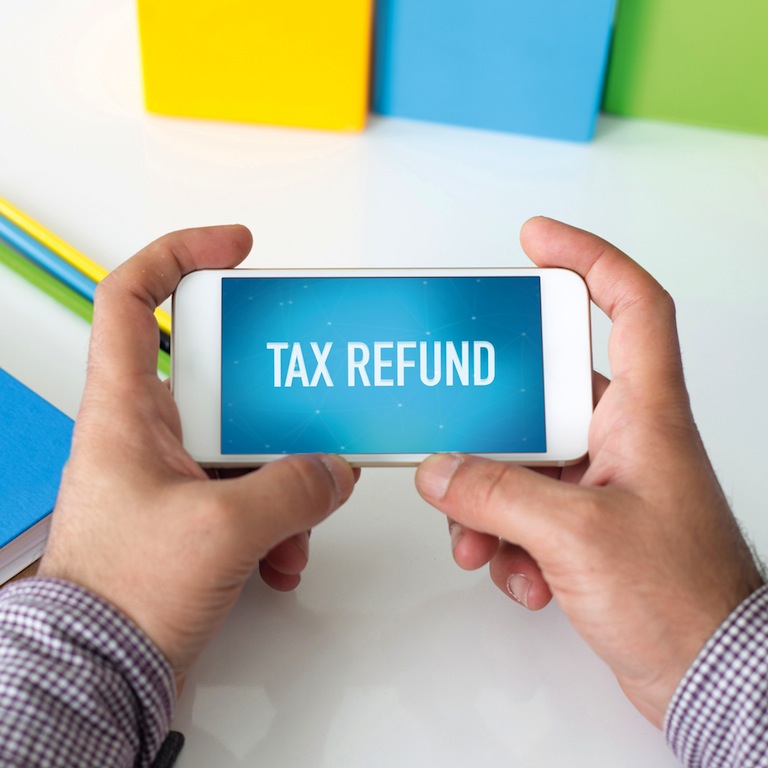What goes into a profit and loss account? Martin Brennan explains.
Some business owners struggle when it comes to finances. Here’s a summary of the information you need to put in your profit and loss account and balance sheet.
What to expect in profit and loss accounts
It is expected that items presented in a profit and loss statement are solely and wholly for the purpose of the business, and are revenue related. The International Accounting Standards sets the format that a profit and loss account must follow.
Headings
Sales
All sales that have taken place in the period are to be included. For businesses that sell goods rather than a service, the ownership of the goods must be in the control of the purchaser for the seller to recognise the sales. (IAS 18)
Cost of sales
All purchases directly attributable to making the sale, for example, the raw material, transport, manufacturing costs. Sometimes in a service business, there is no suitable COS.
Gross profit
Gross profit = sales minus cost of sales.
Other costs
All other expenses incurred by the business, and are solely and wholly for the purpose of the business, can be included as an expense.
Depreciation
Depreciation is an accounting method to reduce the balance sheet value of an asset, and is usually calculated by dividing the expected life of the asset over the cost of it.
Revenue does not allow depreciation as a taxable expense, and it is added back when calculating a sole trader’s tax liability. Revenue does allow a capital allowance if the asset satisfies the criteria under Section 307 TCA 97.
Reviewing a balance sheet
A balance sheet is a snap shot of a business at one moment in time. It gives us information as to what are the assets and liabilities of the business. Only items that are capital in nature should appear on a balance sheet.
Fixed assets:
IAS 16 States what defines an asset as:
o The future economic benefit associated with the asset will flow to the entity.
o The cost can be accurately measured.
Tangible assets:
o Assets that are not liquid.
o They are always stated in the balance sheet at the cost price minus accumulated depreciation.
Current assets:
o Assets that are liquid (easily convertible into cash).
Total assets:
o Both tangible and current assets.
IAS 37 says a liability is:
o A present obligation as a result of a past event.
o The settlement is expected to result in an outflow of resources.
Current liabilities:
o Liabilities that will be settled within one year (credit card, creditors, revenue debt).
Non-current liability:
o Liabilities that are not paid within a one-year period (loans).
Total liabilities:
o Current and non-current liabilities.
Net assets:
o Total assets minus total liabilities.
Capital account
o This is the total profit the business has made since its incorporation
o + any funds not meeting the IAS 37 criteria (family, personal investment)
o + the profit for the year as stated in the profit and loss
o – less the drawings (cash taken out) for the year.
Martin Brennan is a chartered accountant and business writer.





